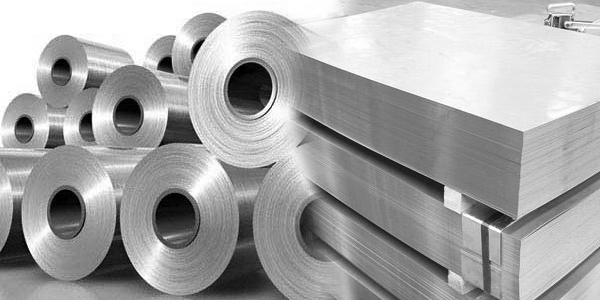What is Duplex?
Duplex and Super Duplex Grades of Stainless Steel offer exceptional corrosion resistance when 316 grade simply isn't enough.
Duplex Stainless Steel Fasteners (SAF 2205 or UNS S31803) or Super Duplex Stainless Steel Fasteners (SAF 2507 or UNS S32750) are grades of Stainless-steel often needed in the battle versus deterioration when 316 grade simply isn't enough, such as being constantly immersed in salt-water. An essential feature of Duplex stainless-steel is that its pitting and crevice deterioration resistance is significantly superior to that of 304 or 316 grade Stainless-steel.
This combined with high mechanical strength and ductility makes it an outstanding material for a lot of applications. Frequently 316 Grade Stainless Steel is described as 'Marine grade' - and yes while it is often utilized and perfect for marine environments such as fastenings on a luxury yacht's deck, it is by no indicates the most robust alloy for high chloride environments (E.g. salt-water). Where fastener strength and integrity is important, such as for bolts in a Private yacht's Keel, a Duplex or Super Duplex Fastener is needed. Also where a Stainless Fastener is submerged in salt-water, Duplex would be the minimum requirement. Duplex and Super Duplex Fasteners are not generally 'off the shelf' and equipped by stainless fastener distributors. They are made to buy and making sure the source is focused on Duplex fastener manufacture with a high degree of Quality assurance is vital.
Duplex Manufacturing technologies
Duplex fastenersare preferably made with forged heads and rolled threads, with the heating in the forging process carefully temperature level controlled.
Duplex fasteners can be CNC machined from round or hex bar - but preferably they would be made with forged heads and rolled threads. Threads ought to be rolled instead of machined to guarantee smoother, more powerful threads are gotten as compared to machined/CNC threads - this increases the thread's yield strength, surface finish, solidity, and use resistance. When Hot Creating the fastener head, temperature control is vital. When heating Duplex you must avoid extended time in the crucial temperature zone as this motivates unwanted Nitrides and Carbides to form. It is necessary that digital control devices is used to rapidly warm through this temperature zone and instantly get rid of from the heat source when the temperature level is maximum for forging. Any Duplex item must then undergo laser marking to ensure traceability of the fastener through the supply chain. Test Certificates need to also always be gotten.
Duplex Applications - where would you use Super Duplex over Duplex?

Applications which can take advantage of the use of these duplex steels include wires piping systems, pumps (where the excellent disintegration and abrasion resistance is employed), valves, heat exchangers, Keel Bolts, used with items immersed in salt-water and other equipment.
Duplex has exceptional basic deterioration resistance; superior to grade 316 in the majority of environments, including resistance to inter-granular, pitting and crevice corrosion. Super Duplex has even higher pitting resistance. In summary - 316 is excellent, Duplex is fantastic and Extremely Duplex is well - 'SUPER'! Among the most typical approaches to specify resistance to pitting rust is the PRE worth, Pitting Resistance Equivalent. The PRE can be calculated from the structure as: PRE = %Cr + 3.3 %Mo + duplex steel s31803 16 %N Clearly grades high in the alloying components Chromium and especially Molybdenum and nitrogen are more resistant.